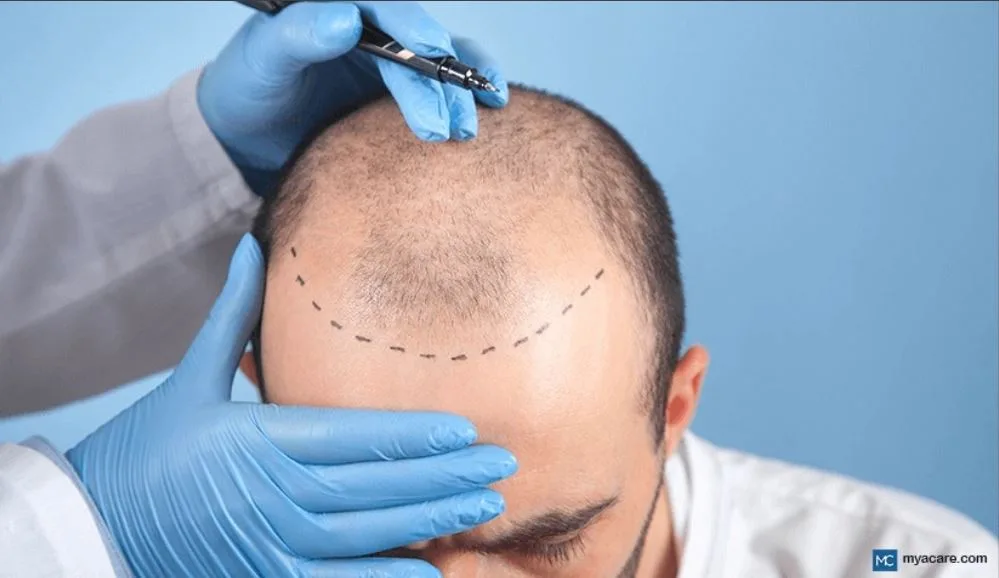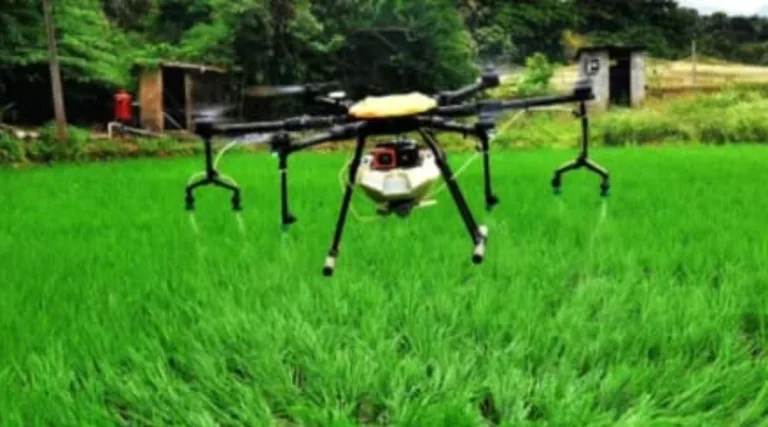Robotic Hair Transplantation: The Future of Hair Restoration
Introduction: A New Era in Hair Transplant Technology
Hair loss is an issue that affects millions of people worldwide, leading to emotional distress and loss of confidence. In response to this widespread concern, the hair restoration industry has evolved over the years, offering more advanced and effective solutions. One of the most innovative developments in this field is robotic hair transplantation, a technology that is transforming the hair transplant procedure by improving precision, efficiency, and the overall success rate.
Robotic hair transplantation involves the use of advanced robotic systems to assist surgeons in the extraction and implantation of hair follicles. This process allows for a more consistent and precise result compared to traditional methods, with minimal invasiveness and a faster recovery time. As more patients seek effective and natural-looking results, robotic hair transplantation has become one of the most popular and sought-after techniques, especially in cities like Hyderabad, known for offering the best hair transplant services in India.
How Robotic Hair Transplantation Works
The process of robotic hair transplantation typically begins with a consultation with a hair restoration specialist. The surgeon will assess the patient’s scalp condition, hair loss pattern, and overall health to determine if robotic hair transplantation is the right approach. The ARTAS system, one of the most advanced robotic systems for hair restoration, plays a central role in the procedure.
Once the patient is ready for the transplant, the ARTAS system maps the donor area on the scalp using advanced imaging technology. This system helps identify the best hair follicles for extraction, ensuring that the transplanted hair will blend seamlessly with existing hair for a natural appearance. The robotic arm then precisely extracts these follicles one by one, ensuring that the process is minimally invasive and results in minimal scarring.
After the follicles are extracted, the next phase involves their implantation into the areas of thinning or bald hair. The robotic system assists in placing each follicle at the correct angle, direction, and depth, which is critical to achieving a natural-looking hairline. The entire process is completed with extreme accuracy, ensuring a high-quality result.
The Advantages of Robotic Hair Transplantation
Robotic hair transplantation offers several key advantages over traditional methods, making it a preferred choice for many individuals seeking hair restoration.
One of the major benefits is precision. The robotic system’s ability to extract hair follicles with great accuracy ensures that the surrounding follicles are not damaged, leading to a higher yield of healthy grafts. This precision minimizes the risk of scarring and helps achieve a more natural hairline.
Another advantage is the minimally invasive nature of the procedure. Unlike older methods that may require large incisions, robotic hair transplantation involves only tiny incisions that leave no noticeable scars. As a result, recovery time is significantly reduced, and patients experience less discomfort during and after the procedure.
The procedure is also faster compared to traditional methods. Because the robotic system automates much of the follicle extraction and implantation process, it reduces the time spent in surgery. This leads to a more efficient procedure with fewer sessions needed for optimal results.
Finally, robotic hair transplantation offers natural-looking results. With the ability to control the angle and depth of each follicle during implantation, the robotic system ensures that the transplanted hair blends seamlessly with existing hair. The result is a fuller, more natural-looking head of hair that restores both confidence and self-esteem.
Why Robotic Hair Transplantation is Gaining Popularity
Robotic hair transplantation is quickly gaining popularity due to its superior outcomes, reduced recovery time, and the precision it offers compared to traditional methods. As the demand for more effective and minimally invasive hair restoration options continues to grow, robotic systems like ARTAS are becoming the gold standard in the industry.
One of the main reasons for its rising popularity is the increased demand for natural results. Patients are no longer satisfied with hair transplants that look artificial or unnaturally placed. Robotic hair transplantation ensures that the transplanted follicles grow in the most natural way possible, creating results that are indistinguishable from natural hair.
Additionally, the lower risk of complications associated with robotic hair transplantation makes it an appealing choice for patients. Traditional methods, such as Follicular Unit Extraction (FUE), may involve higher risks of damaging hair follicles or leaving visible scarring. Robotic systems, however, are designed to minimize these risks and ensure that the procedure is safe, effective, and produces long-lasting results.
The efficiency of the robotic system also contributes to its popularity. With faster procedure times and fewer sessions required, patients are able to enjoy their results sooner than with traditional methods. This efficiency makes robotic hair transplantation more attractive to people with busy lifestyles or those seeking a quicker return to normal activities.
What to Expect After Robotic Hair Transplantation
After the procedure, patients typically experience some mild swelling, redness, and discomfort in the treated areas. However, these side effects are temporary and generally subside within a few days. The minimally invasive nature of robotic hair transplantation means that there is less downtime, and most patients can return to their normal routines within 2 to 3 days after the procedure.
One of the key aspects of recovery is hair shedding. It is normal for the transplanted hair follicles to shed within the first few weeks following the procedure. This is part of the natural hair growth cycle, and it should not be a cause for concern. New hair will begin to grow from the transplanted follicles after a few months.
It typically takes around 6 to 12 months for the full results of the transplant to become visible. During this time, patients will begin to notice their hair growing thicker and fuller, eventually achieving the desired appearance. At this stage, the results of the transplant are permanent, and patients can enjoy a fuller head of hair for many years to come.
Conclusion: The Future of Hair Restoration
Robotic hair transplantation represents a significant leap forward in hair restoration technology, offering patients a more precise, efficient, and effective way to restore their hair. The procedure’s precision, minimal invasiveness, and faster recovery time make it an increasingly popular choice for those suffering from hair loss.
With advancements in robotic technology, the future of hair transplants looks brighter than ever. If you’re considering a hair transplant, exploring robotic hair restoration might be the best decision you’ll make to achieve natural, long-lasting results.
Whether you’re dealing with male pattern baldness, thinning hair, or other forms of hair loss, robotic hair transplantation offers an innovative solution that is both reliable and transformative.






